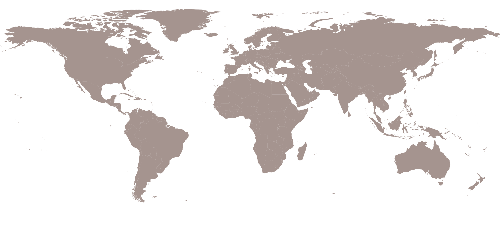Inspiring young professionals to lead the transformation of the building sector

The Holcim Foundation for Sustainable Construction held a prize-handover event for winners of the Holcim Awards Next Generation prizes in The Americas including winner of the Next Generation 1st prize, Danielle Gregorio. Co-organized with the Faculty of Architecture, Urban & Industrial Design (FAUD) at the Universidad Nacional de Córdoba (UNC), and supported by Holcim Argentina, the event brought together some of the brightest young minds in architecture, urbanism and design to create a network for future exchange.










